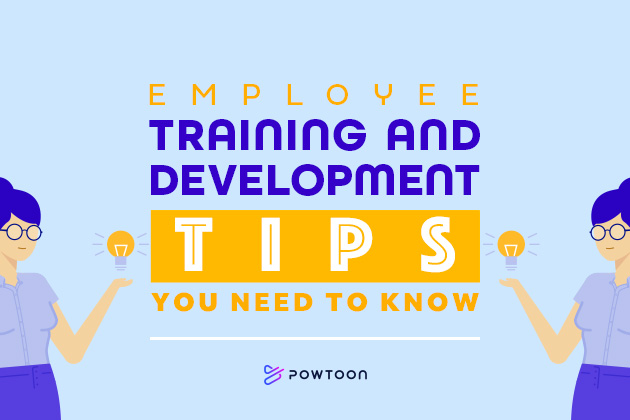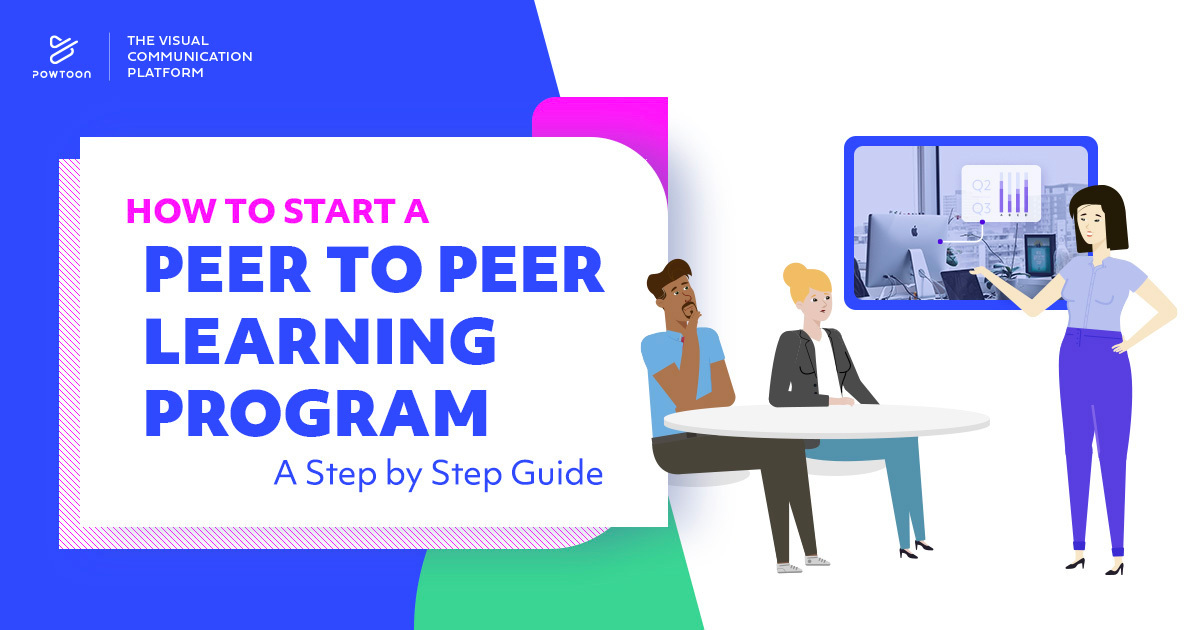
Employee Training and Development Tips You Need to Know
Providing both new hires and longtime employees with effective employee training and development programs can play a critical role in your organization’s success. Human resources experts and similar professionals often point out that employees who are properly trained and provided with opportunities to cultivate new skills tend to display high levels of engagement. When your workforce is engaged, your company can enjoy such benefits as low absenteeism, increased productivity, high retention rates, and more.
However, it’s important to remember that not all employee training and development programs are equally effective. You need to design yours for maximum employee impact. The following employee training and development tips can help you achieve this critical goal:
Tip #1: Use Video
Employee training programs need to be reasonably stimulating. Although their primary purpose is to ensure workers understand how to perform their work tasks correctly and efficiently, they can’t serve their intended purpose if they don’t keep the attention of workers participating in said programs.
This is one of many reasons it’s wise to incorporate video into your employee training and development programs and classes. Video allows you to share valuable information in a dynamic manner. With video, you can also easily demonstrate how to perform a wide range of tasks.
Additionally, video-based employee training programs ensure your training solutions are consistent. Without video, the quality and thoroughness of a training or development program can potentially vary on a case-by-case basis. When you do use video, you can create a strong program that offers the same quality content every time employees undergo training.
Tip #2: Choose the Right Environment
Don’t overlook the value of selecting the right space for delivering employee training and development seminars. You need to choose a space that provides access to all the tools and resources you may need (such as a projector for displaying videos). It’s also ideal to choose a room or area where interruptions and distractions will be minimized.
Depending on the nature of an employee training program, you might also want to give your workers the opportunity to practice performing certain tasks they may be learning about. If so, you should choose a space where they will be able to do so easily.
Tip #3: Give Quizzes
Even dedicated employees might not necessarily appreciate the importance of participating in certain training and development programs if they’re mandated. It’s not uncommon for workers to check their phones or otherwise “zone out” during training sessions if they don’t see why they’re valuable.
Thus, you might want to inform your workers that they will be quizzed on the content of a training program once it’s complete. Most workers don’t want to make the wrong impression on their employers. If employees know they will be asked to demonstrate their understanding of the topics that are to be covered in a training program, they may be more likely to pay attention to it.
Some experts also recommend awarding employees certificates of completion when they successfully finish training or development programs and pass quizzes showing they absorbed the information being shared with them. This can potentially boost engagement by reminding your workers that the skills and knowledge they develop as a result of participating in certain training sessions can help them climb the ladder within your organization.
Tip #4: Provide Access to Training Resources
The fact that a worker may have been paying attention during an employee training and development session doesn’t mean they will retain the content of a lesson forever. It’s a good idea to offer your employees the option to access certain training resources and content whenever they wish after a session is completed.
To return to a previous example, maybe you’ll choose to deliver most of a training program’s content in the form of video. If you do, you could upload your video to your internal resources page, allowing employees to watch it again whenever they feel the need to.
Doing so might also give you more opportunities to identify motivated and engaged employees. If workers need to provide their login information every time they want to view a video or similar training resource, you can track which employees are taking additional steps to develop their skills. Employees who know they need to review training content to derive more value from it tend to be employees who care about doing their best work.
Perhaps most importantly, you should also remember that designing effective employee training and development programs can require some experimentation. Don’t worry if your initial programs fail to deliver the results you were aiming for. By consistently testing new approaches, you’ll eventually identify what works best.
Create Strong Employee Training Videos With Ease
You don’t need a video department to create effective employee training videos, nor do you need to hire a video production team to create this content for you. You don’t even need substantial video production experience. These employee training and development tips, along with Powtoon’s templates, make creating videos for employee training and development purposes easier and more affordable than ever. Get started for free today!
Latest posts by Hanna Abitbul (see all)
- How to create an AI avatar - September 25, 2024
- How to Set Realistic Business Goals for 2025 - September 24, 2024
- Best AI script writers in 2024 - June 28, 2024
- How to write a script with AI - June 27, 2024













